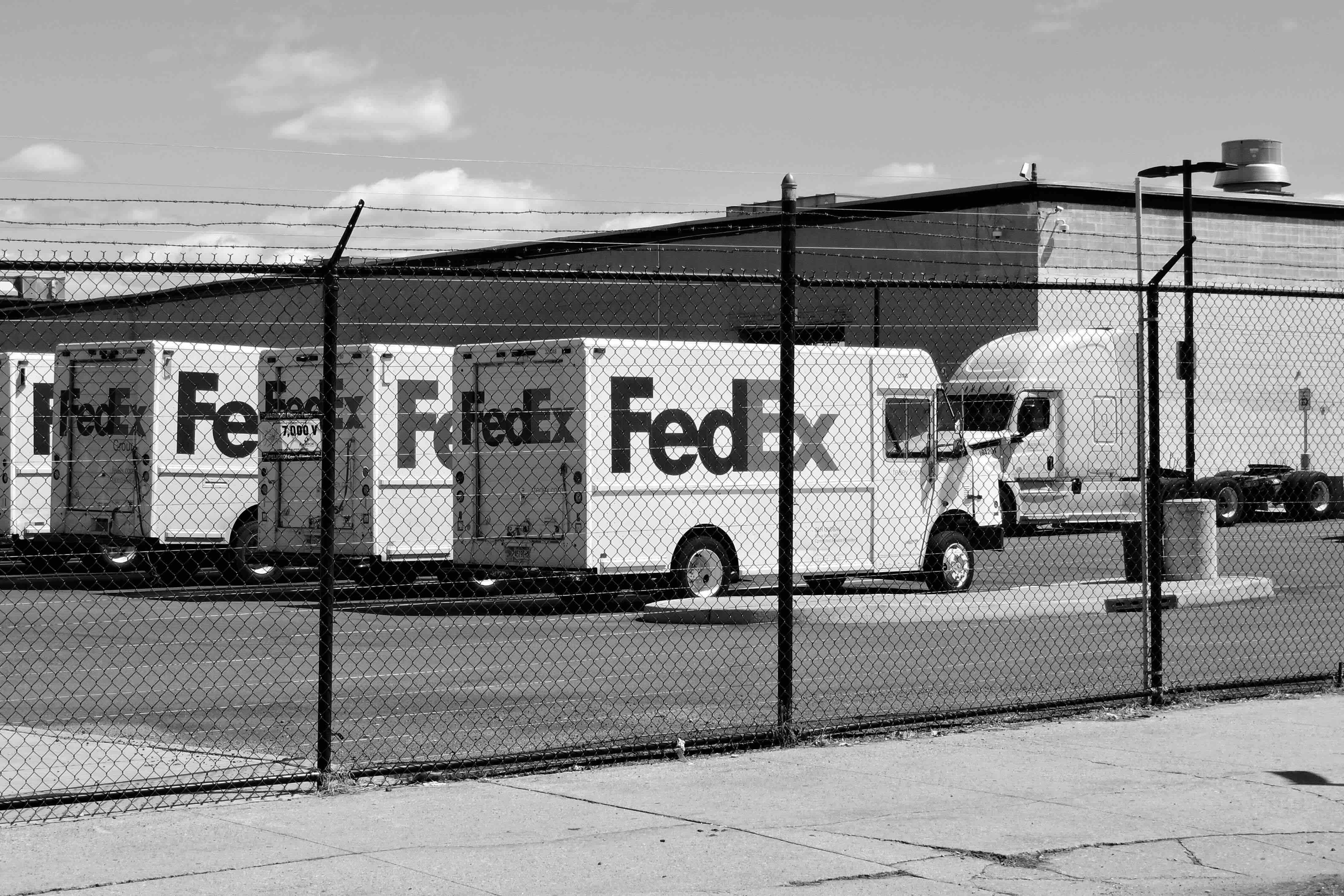Why You Might Be Missing Refunds — Even If You’re Auditing Invoices

Why You Might Be Missing Shipping Refunds (Without Even Realizing It)
Most teams assume they’ll catch late deliveries when reviewing carrier invoices.
But by then, the refund window may already be closed — and those dollars are gone.
Carriers like FedEx and UPS don’t make it easy. The refund rules are strict, the alerts aren’t always reliable, and the deadlines sneak up faster than you’d expect.
Here’s what you need to know:
1. The Refund Clock Starts at Delivery, Not Invoice
You only get 15 days — and that timer starts ticking the moment the package is marked as delivered.
Not when the invoice shows up. Not when your finance team reviews charges. Just 15 days from delivery.
2. Delivery Dates Shift — But Alerts Don’t Always Catch It
Carriers might miss delays entirely or flag them too late.
Even when alerts do get sent, they often land in crowded inboxes, ignored or missed.
3. That Creates a Rolling Deadline for Every Package
Every shipment has its own ticking clock.
If you’re not looking at actual delivery timestamps daily, you’re likely missing out on refunds — especially on packages delivered two weeks ago.
4. You Have to Stay On It Daily — Or Use a System That Does
You can do this yourself — but here’s what it takes:
- Every day, someone on your team needs to pull tracking data for every shipment.
- Cross-reference actual delivery timestamps with the guaranteed delivery times by service level.
- Flag the ones outside the window.
- File each dispute manually within the 15-day deadline (carrier portals are clunky).
- Track outcomes to make sure credits actually show up on the invoice.
That’s a lot of salary hours to chase refunds — and you’ll still miss some.
At RCS, we audit every package — not just the late ones — and never charge you for audits themselves.
You only pay a portion of what we recover.
In most cases, we’ll find more, do it faster, and cost you less than doing it internally.
🎁 Wrap-Up
Late packages happen every single day.
And if you’re not tracking delivery timestamps — not just invoices — you’re likely leaving refund money on the table.
Whether you track manually or use a partner, knowing the real window is the first step.
Stay sharp. Stay on time.



